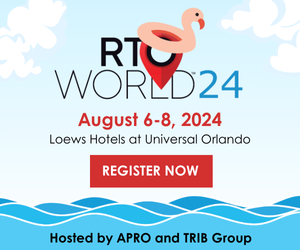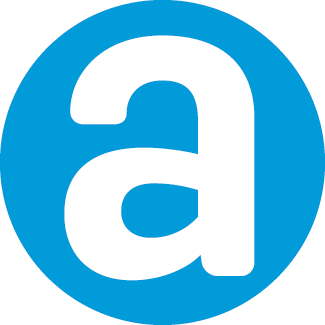
Although the recent economic downturn is presenting challenges for small and medium-sized businesses of all types, there is also good news in the form of two federal programs providing financial assistance.
The Federal Reserve’s Main Street Lending Program [MSLP] is the newest program available to help RTO dealers experiencing financial strain as a result of the coronavirus pandemic and the economic recession. It followed on the heels of the Small Business Administration’s Paycheck Protection Program [PPP], the most widely accessed program of the federal CARES Act. The PPP was recently updated to make it even more flexible and useful to smaller businesses.
For RTO dealers seeking capital to bolster their operations or fuel growth, deciding which federal resource best meets their needs can be daunting. Here’s a simple comparison of the MSLP and the PPP to clarify and compare these loans’ main features.
MSLP Basics
The MSLP provides loans to small and middle-market companies with up to 10,000 employees and less than $2.5 billion in annual income that have been adversely affected by the COVID-19 pandemic. To qualify, businesses must commit to retaining at least 90% of their employees at full compensation and benefits through September 30, 2020, and they must follow all compensation, stock repurchase and dividend restrictions that apply to all other CARES Act loans.
The minimum MSLP loan is $1 million; the maximum is $25 million or not more than four times the businesses’ 2019 earnings before interest, taxes, depreciation and amortization, whichever is less. The interest rate for these loans is 0.01%, plus 250-400 basis points, with a four-year maturity, with principal and interest payments deferred for one year.
PPP Basics
All businesses with fewer than 500 employees are eligible for a PPP loan. The maximum loan is 2.5 times a company’s 2019 average monthly payroll, capped at $10 million, with no minimum.
All or part of a PPP loan can be forgiven if 60% of the principal is spent on payroll and no more than 40% is used to pay mortgage interest, rent or utility bills. No collateral or guarantee is required.
PPP funds can be used for up to 24 weeks to secure loan forgiveness, but employees rehired or maintained with PPP funds must be compensated between February 15 and the end of 2020.
The unforgiven portion of a PPP loan matures in five years at 1% interest, with no prepayment penalty. Business that have already applied for a PPP loan can also apply for an MSLP loan.
Which Loan?
According to financial experts, both loans are an excellent resource for businesses experiencing financial stress, with the PPP having an advantage for small businesses, and the MSLP having benefits for larger companies and those needing more funds and greater spending flexibility.




